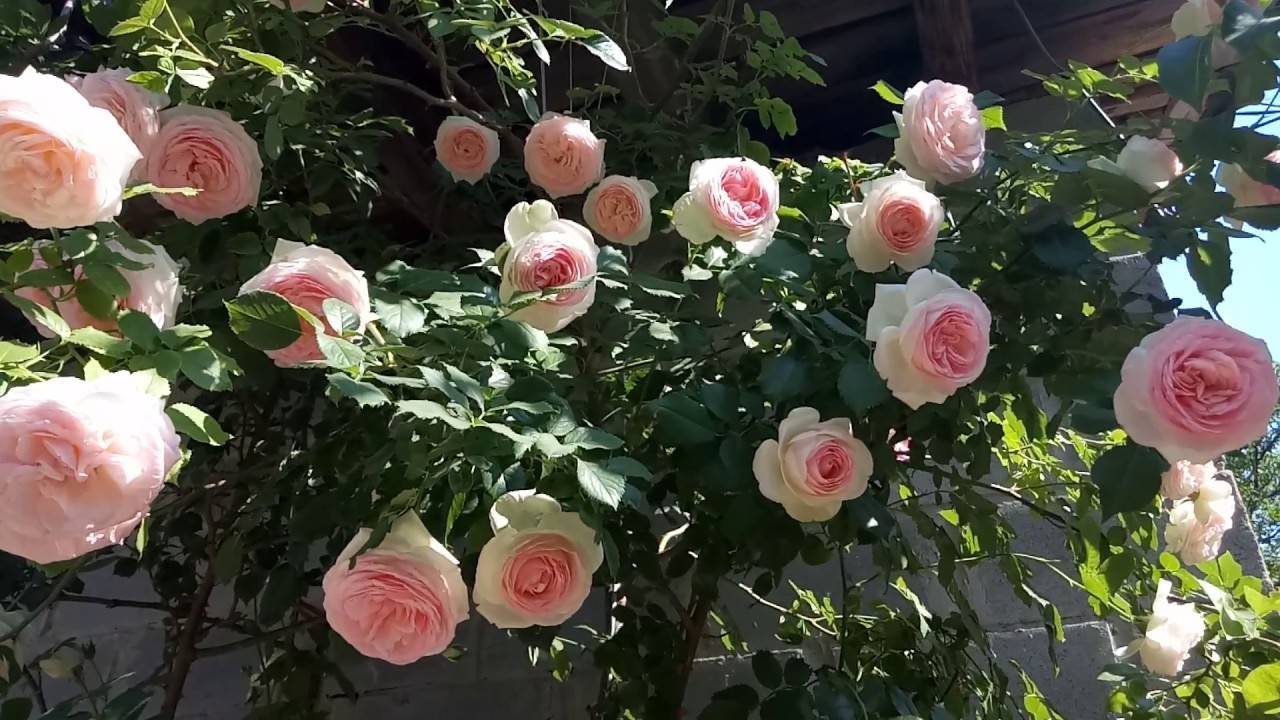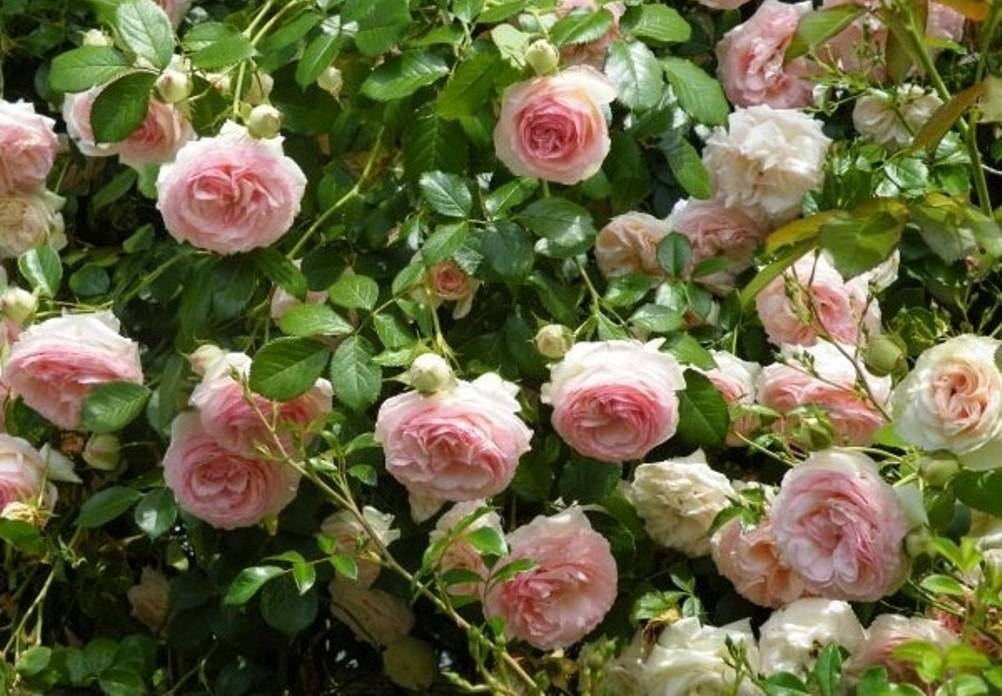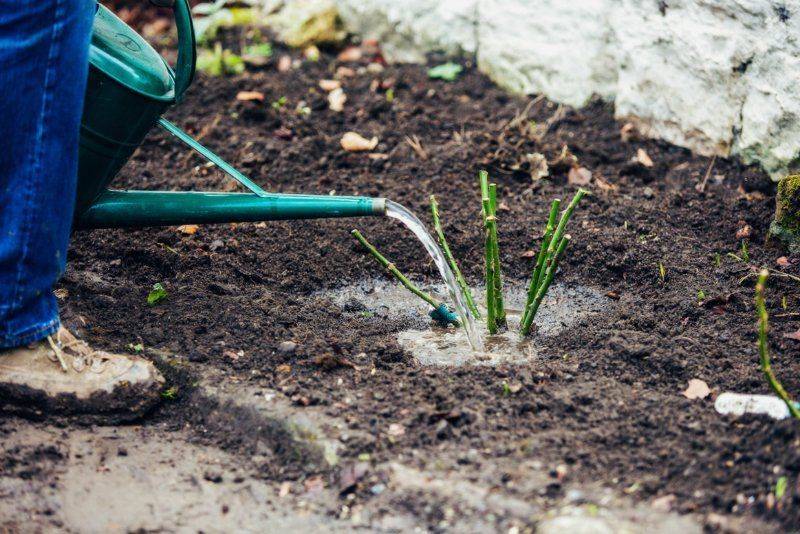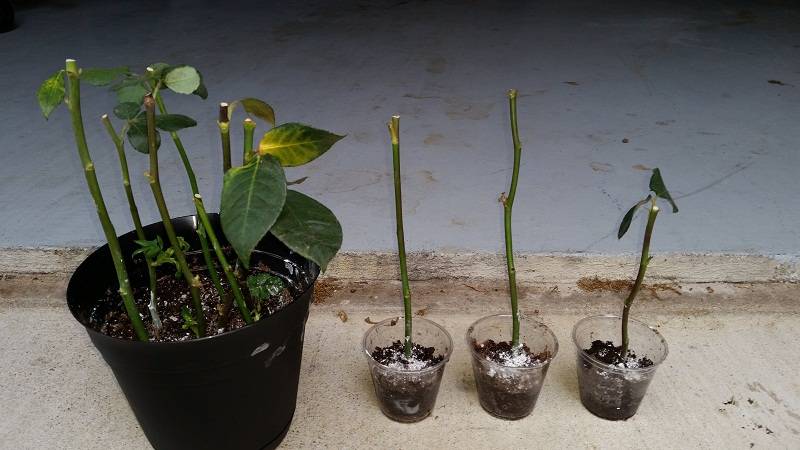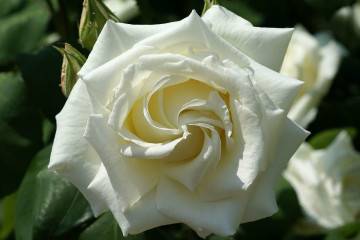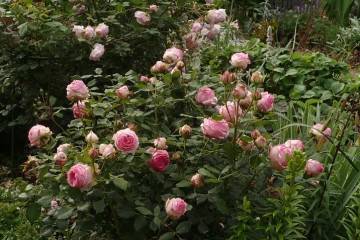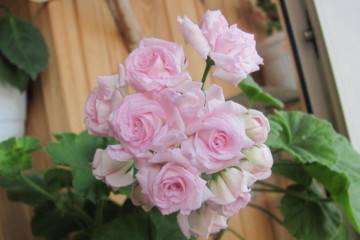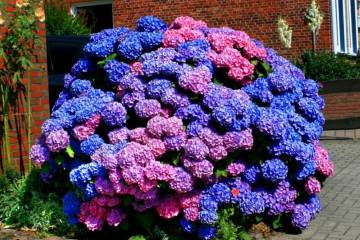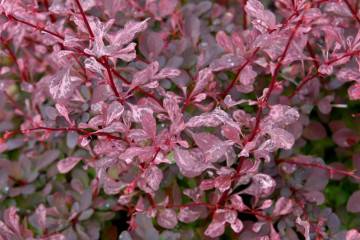Rose Eden Rose (Eden Rose) - description and characteristics of the variety
Content:
Rose Eden Rose is a beautiful plant that is often used to decorate gardens. For a culture to develop fully, it needs quality care. The correct planting of the bushes is of great importance.
Rose Eden Rose - what is this variety
This culture appeared in 1985. It is a climbing plant, which is characterized by large buds. On the inside, the petals have a pale pink color, and on the outside they are creamy.
Brief description and characteristics
According to the description, it is a hybrid tea variety that has practically no thorns. The plant develops rather slowly. The inflorescence reaches 12 cm in diameter. There are usually 9 buds on the branch.
This plant is resistant to major diseases. It forms rather powerful and tall bushes that reach 3.5 m. The flowers do not have a pronounced aroma.
In warm weather, the plant can have 3 flowering waves. In the shade, the buds do not bloom completely. In direct sunlight, they appear loose. It should be borne in mind that the culture does not have resistance to low temperature indicators. The flower has to be insulated with agrofibre.
Advantages and disadvantages of the variety
Rose of Eden has many benefits:
- long flowering period;
- excellent decorative properties;
- resistance to diseases and pests;
- minimum number of thorns;
- strong branches.
At the same time, certain disadvantages are characteristic of the Eden rose:
- lack of resistance to large amounts of precipitation;
- weak aroma;
- insufficient frost resistance.
Use in landscape design
The rose of this variety can be used to decorate garden plots. It goes well with terry clematis, lavender, foxglove. Also, delphiniums are often used as additions.
Growing a flower: how to plant it in open ground
To achieve the full development of culture, it is important to competently carry out planting work.
It is recommended to propagate the culture by cuttings or layering. The nurseries sell ready-made seedlings.
Seat selection
The culture requires a well-lit area without wind and drafts. Before planting, the soil should be properly moistened. In this case, there should be no stagnation of moisture.
How to prepare the soil and flower for planting
Before planting in the recess, it is imperative to make a drainage layer. It can include small stones, pebbles, rubble. Also, a nutrient composition based on compost, peat and sod is introduced into the hole. Wood ash is also added to the product.
Planting procedure step by step
You need to plant a plant like this:
- Make a well for planting.
- Place a seedling in the hole at a slight slope. It is important to ensure that the inoculation is deeper by 10-13 cm.
- Spread out the root system.
- Sprinkle the plant with soil and compact it thoroughly.
- Water the bush and cover the trunk circle with mulch.
Plant care
In order to achieve lush flowering and preserve the decorative properties of the shrub, it needs to be provided with quality care.
Watering rules and humidity
The culture needs abundant watering during bud formation. The soil should be moistened at intervals of 5-7 days. It is recommended to do this early in the morning or in the evening. One plant needs 12-15 liters of water. After that, the trunk circle is mulched.
Top dressing and soil quality
The plant needs timely fertilization. Until the middle of summer, it is recommended to use organic matter - compost, manure, bird droppings. During the entire growing season, it is worth using combined formulations with potassium and phosphorus content.
Pruning and replanting
Shoots can be fixed on the support in an arched or fan-shaped manner. To activate lush flowering, the branches must be laid horizontally. In young bushes, only dry and damaged shoots should be removed.
Features of wintering a flower
In the fall, the bush is stopped to water. In the middle of the season, phosphorus preparations should be added. Before the cold weather comes, the bush needs to be spud high, the lashes should be bent down and covered with non-woven material.
Blooming rose
The culture is distinguished by lush and abundant flowering, thanks to which the bushes look very decorative.
A period of activity and rest
With proper care, the flowering of the culture begins in the first half of summer and continues until the very cold weather. After this, a period of rest begins.
Care during and after flowering
During the period of bud formation, the culture must be watered abundantly and fed with potassium and phosphorus. After the end of flowering, you need to remove the buds in a timely manner.
What to do if it does not bloom
The lack of flowers is associated with such factors:
- wrong choice of landing site;
- deficiency or excess of moisture;
- violation of the rules for fertilizing;
- infection or pest attacks.
Flower propagation
If there is a plant on the site, it is recommended to propagate it by vegetative methods. This is done by cuttings or layering.
It is recommended to harvest cuttings immediately after flowering.
The planting material should be 15-20 cm long. Each cutting should have 3-4 buds. You need to remove the lower leaves from it and place it at an angle in wet soil. Cover with glass from above. Next spring it will be possible to get a full-fledged seedling.
Diseases, pests and ways to control them
To avoid the development of diseases, the rose must be treated with Bordeaux liquid and copper sulfate. In cold and damp weather, the bushes can suffer from powdery mildew. In such a situation, topaz or forecast means are used.
Eden Rose is a popular herb that has excellent decorative properties. To succeed in growing it, quality care is required.
